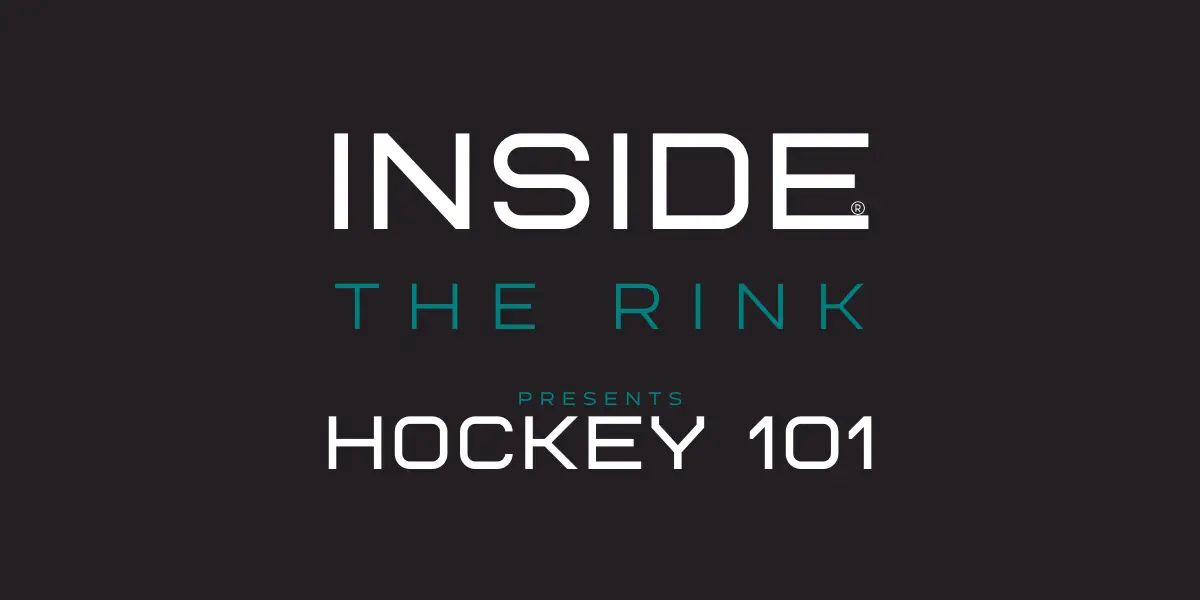
Hockey, often called “the fastest game on earth,” combines speed, skill, and excitement in a way few other sports can match. For newcomers, the flurry of action on ice might initially seem overwhelming. However, understanding a few essential elements can turn your initial curiosity into a lifelong passion for this thrilling sport. In this blog post, we’ll cover the crucial aspects of watching hockey, helping beginners appreciate the game’s nuances and enjoy each match to the fullest.
Hockey Basics
Hockey is played on an ice rink with two teams, each striving to score goals by hitting a puck into the opponent’s net using sticks. Each team comprises six players – three forwards, two defensemen, and a goaltender. The game is divided into three 20-minute periods, with intermissions in between. If a game is tied at the end of three periods, the teams will participate in overtime.
Understanding the Basic Rules of Hockey
What is a Face-Off
A face-off is how play is started or restarted in hockey. It involves two opposing players standing opposite each other and the referee dropping the puck between them. Face-offs occur at the beginning of each period and after stoppages in play.
What is Icing
Icing is called when a player shoots the puck across both the center red line and the opposing team’s goal line without it being touched. This rule prevents teams from simply dumping the puck to the other end of the rink to avoid offensive pressure. However, icing is waived off if the puck is shot by a team that is shorthanded due to a penalty.
What is an Offsides
An offside occurs when a player enters the offensive zone before the puck. The blue line defines the offensive zone. This rule ensures fair offensive play, preventing players from waiting near the opponent’s goal.
What is a Penalty
Understanding penalties is crucial in hockey as they significantly impact the game.
- Minor Penalties: These are the most common penalties, resulting in the offending player being sent to the penalty box for two minutes. Examples include tripping (using the stick or leg to cause an opponent to fall), hooking (using the stick to impede a player’s movement), and slashing (hitting an opponent with the stick).
- Major Penalties: These are more severe and result in five minutes in the penalty box. Major penalties are typically given for fighting or severe infractions that could injure a player.
- Misconduct Penalties: These penalties don’t affect the team’s on-ice strength but result in the offending player being removed from the game for ten minutes.
What is a Power Play and a Penalty Kill
When a team commits a penalty, it must play with one less player for the duration of the penalty. This situation is called a power play for the non-penalized team and a penalty kill for the penalized team. The power play is a crucial opportunity to score, while the penalty kill focuses on defense and clearing the puck from the defensive zone.
What is Checking
Checking is a method of using physical contact to remove an opponent from the play. There are various forms of checking, including body checking (using the shoulder or hip) and stick checking (using the stick to interfere with an opponent’s stick handling). Illegal forms of checking, like checking from behind, can result in penalties.
What is the Crease
The crease is a blue-colored semi-circle area in front of each goal. Goaltenders have special privileges in the crease, and opposing players are typically penalized for entering it or interfering with the goaltender.
Choosing How to Watch the Game
Choosing how to watch the game can make or break the entire experience for a new viewer.
Television and Streaming Options
Most major cable and satellite providers offer channels that broadcast hockey, including regional sports networks and national channels like ESPN. For streaming, services like ESPN+, Hulu, and Sling TV offer live games and on-demand replays.
International Viewing
In countries outside North America, channels like Premier Sports (UK) and networks in Scandinavia provide NHL coverage. Streaming options may vary, so check local listings.
Live Viewing
After you understand the basics, there’s nothing like watching hockey live. Purchase tickets through official team websites or secondary markets. Arrive early to soak in the atmosphere, and don’t forget to dress warmly – it’s cold near the ice!
Top 3 Tips for Enhancing Your Hockey-Watching Experience
- Setting Up Your Space: A good TV and sound system make a big difference. Try to create a comfortable viewing area where you can focus on the game.
- Learning from Commentary: Pay attention to commentators during broadcasts. They provide valuable insights into strategies, player histories, and rules.
- Joining the Community: Engaging with other fans through social media, forums, and websites like insidetherink.com can enrich your experience and understanding of the sport.
Hockey is an exhilarating sport that’s easy to fall in love with once you grasp the basics. Whether you’re watching from home or experiencing the thrill live, each game offers a blend of speed, skill, and passion that’s uniquely captivating.
Discover more from Inside The Rink
Subscribe to get the latest posts sent to your email.



